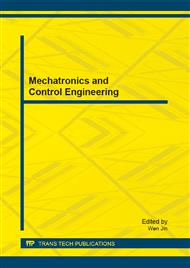p.247
p.253
p.259
p.265
p.269
p.275
p.281
p.285
p.292
Feedback Ranking Method in Topic-Based Retrieval
Abstract:
Ranking has an extensive application in analyzing public opinions of social network (SN), such as searching the most hot topic or the most relevant articles that the user concerning. In these scenarios, due to the different requirements of users, there is need to rank the object set from different aspects and to re-rank the object set by integrating these different results to acquire a synthesize rank result.In this paper, we proposed a novel Feedback Ranking method, which lets two basic rankers learn from each other during the mutual process by providing each one's result as feedback to the other so as to boost the ranking performance. During the mutual ranking refinement process, we utilize iSRCC---an improvement on Spearman Rank Correlation to calculate the weight of each basic rankers dynamically. We apply this method into the article ranking problem on topic-query retrieval and evaluate its effectiveness on the TAC09 data set. Overall evaluation results are promising.
Info:
Periodical:
Pages:
269-274
Citation:
Online since:
July 2013
Authors:
Keywords:
Price:
Сopyright:
© 2013 Trans Tech Publications Ltd. All Rights Reserved
Share:
Citation:


